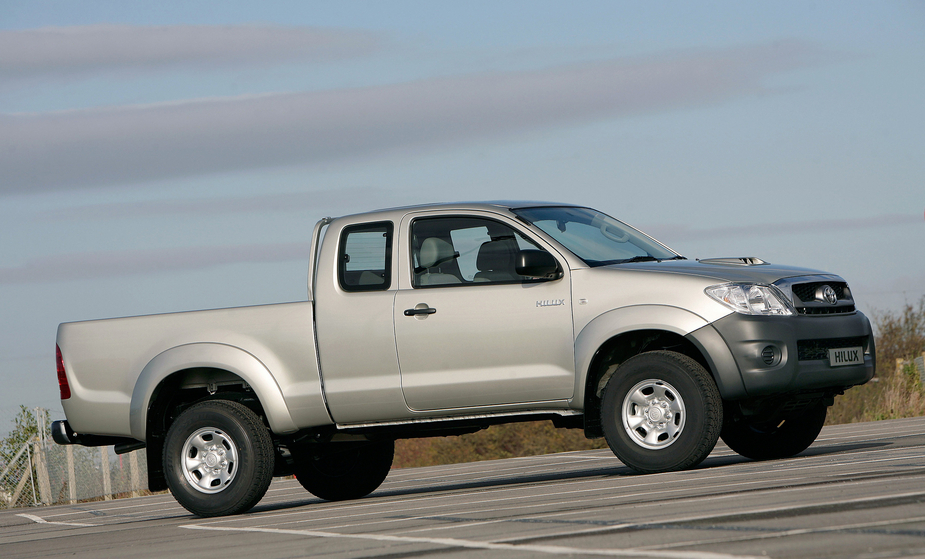Guyana Has Less Import Duties on Extra Cabs or Smart Cabs
Calculation of Duties for Gasoline Motor Vehicles Under the Age of Four Years the CIF Value is assumed to be four thousand five hundred dollars (US$4,500) in these calculations.
The procedures for importing motor vehicles into Guyana are listed below. The completion of a Form C 72 is required for the importation of commercial and/or non-commercial products. When commodities are imported into Guyana, the Guyana Revenue Authority (GRA) requires Form C 72, often known as a “customs declaration” or “entry.” The Standard Administration Document is another name for this document (S.A.D).
Individuals in their own right
Vehicles with a displacement of less than 1500cc, for example.
Tax Rates to Be Paid:
Duty is 45 percent of CIF, Excise Tax is 30% of Duty+ CIF, VAT is 6%, and the current exchange rate is 206 percent.
Calculation:
45 percent duty $927,000 = $417,150
30 percent excise tax ((CIF)+ duty) $403,245
$279,559 (VAT included)
$1,099,954 in total taxes due
Duty on imports is 150 percent.
16 percent VAT
Excise rates range from 10% to 110%.
| ENGINE CAPACITY | FLAT BRATES IN USD | EXCISE TAX | VAT |
| 0 – 1000cc | 4200 | 100% | 16% |
| 1000 – 1500cc | 4300 | 100% | 16% |
| 1500 – 1800cc | 6000 | 100% | 16% |
| 1800 – 2000cc | 6500 | 100% | 16% |
| 2000 – 3000cc | 13500 | 100% | 16% |
| 3000 and above | 14500 | 100% | 16% |
Customs Declaration for Motor Vehicle Imports
- The procedures for importing motor vehicles into Guyana are listed below. The completion of a Form C 72 is required for the importation of commercial and/or non-commercial products. When commodities are imported into Guyana, the Guyana Revenue Authority (GRA) requires Form C 72, often known as a “customs declaration” or “entry.” The Standard Administration Document is another name for this document (S.A.D).
- If there is a problem, the importer, consignee, broker, or agent is notified so that the appropriate changes can be made.
- When the importer, consignee, broker, or agent picks up the ‘entry’ from the Lodgment Counter, he or she must go to the GRA Cashier and pay any applicable duties and taxes.
- Following payment, the importer, consignee, broker, or agent returns to the quay to pick up his or her shipment.
- A canceled registration from the company or individual from whom the used car was purchased is necessary when importing a reconditioned motor vehicle. It’s worth noting that new automobiles don’t require registration cancellation.
- After that, the ‘entry’ is transmitted to the Commissioner – General for approval and additional instructions. The CG issues his instructions after approval, and the ‘entry’ is transmitted to the Supervisor – Entry Processing Unit (EPU), who then queries the ‘entry’ based on the CG’s instructions. Once there are no questions, it is submitted to the Assessing Officer at the Lodgment Counter, where the importer, broker, or agency can pick up the ‘entry’.
- The ‘entry’ is subsequently forwarded to the Risk Management and Revenue Protection Unit (RM&RPU) for processing.





